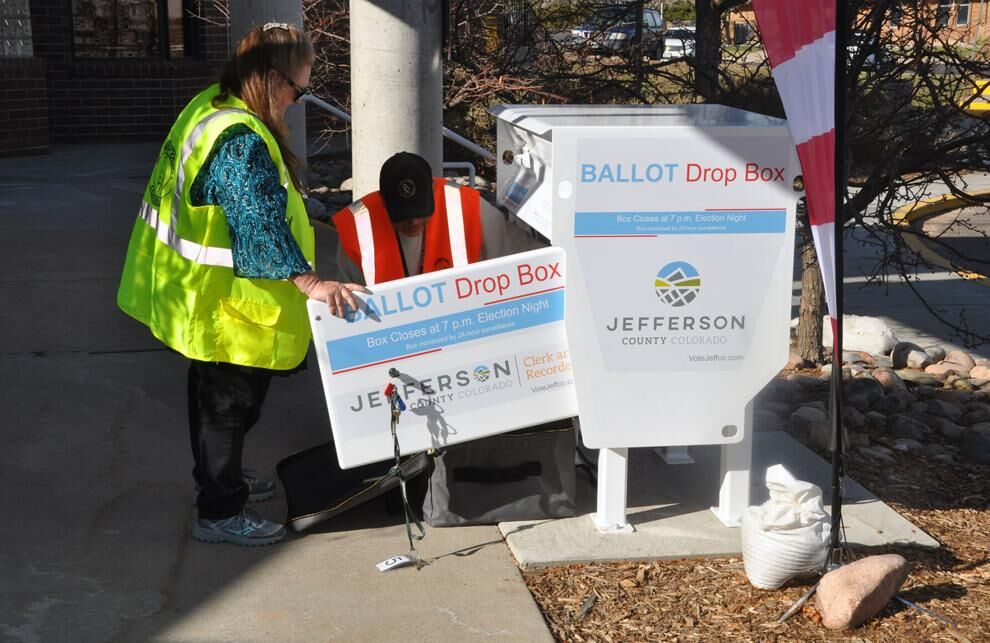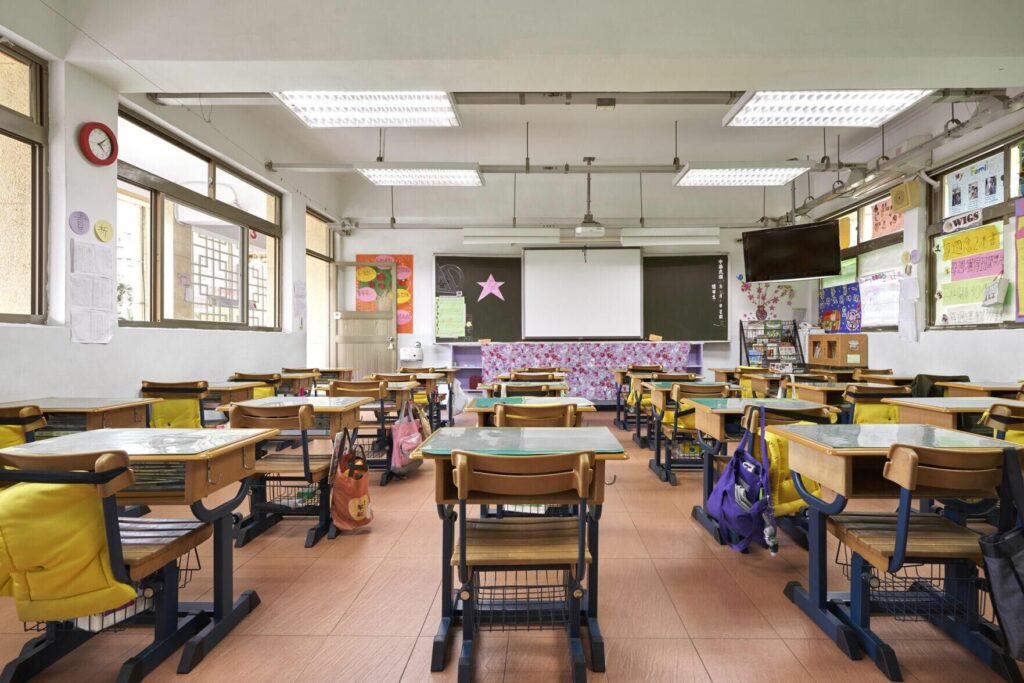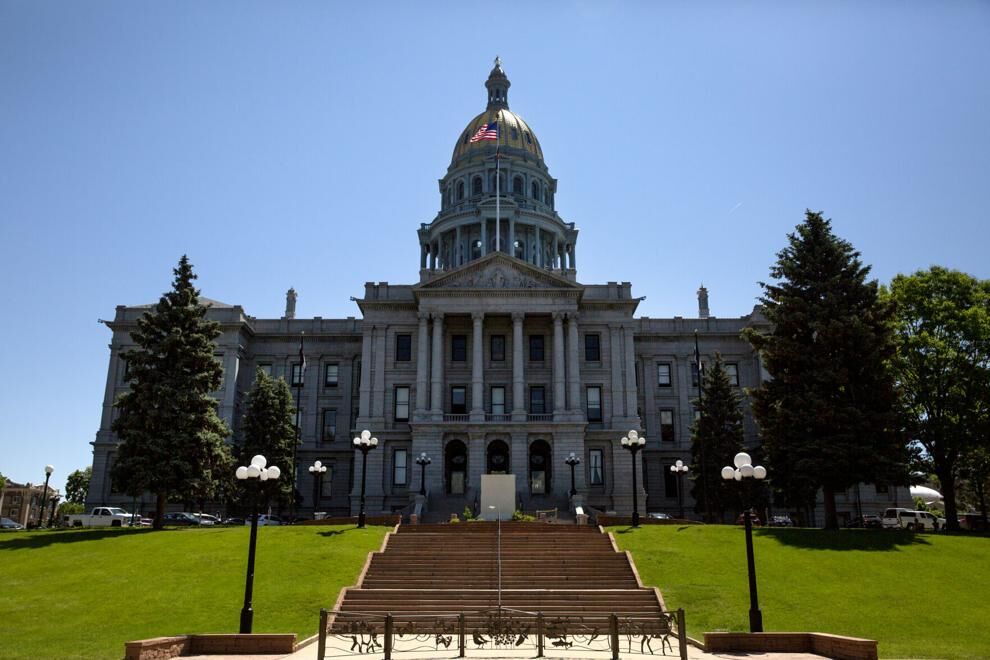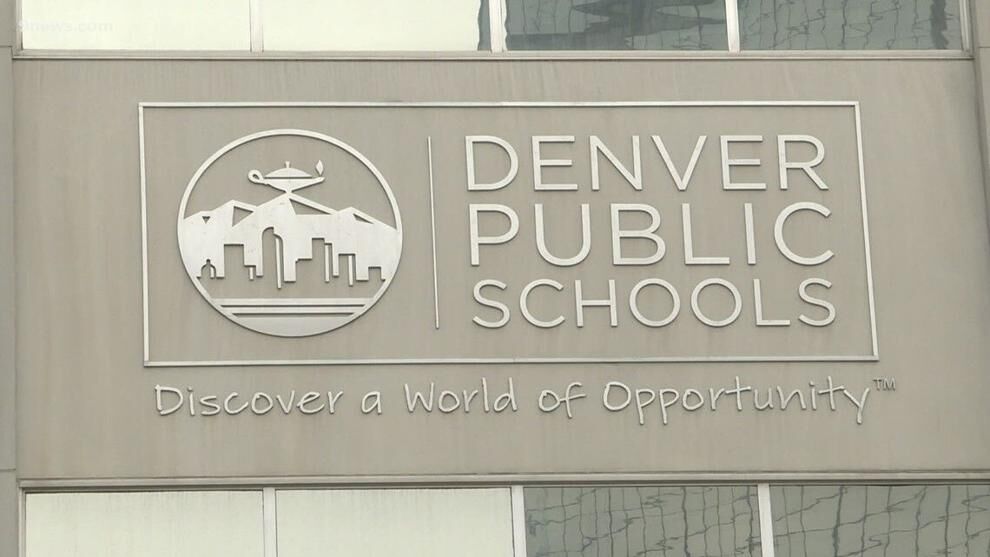Grand Junction Daily Sentinel: Food for thought
There’s not going to be much of a fruit crop – especially peaches – in the Grand Valley this year, compliments of a devastating freeze that struck Monday night.
At a minimum, half of the peach crop was lost, though losses could reach as high as 90 percent. Whatever peaches growers can coax out of the ruined blossoms will be for local consumption.
It’s a cruel twist on a dire situation. Orchard owners face the risk of a cold snap every year. This one came in the middle of a pandemic, when many Americans are suddenly out of work and the term “food security” has pierced the nation’s consciousness.
Whatever local orchard owners can grow will at least find its way to someone’s kitchen. Contrast that with the national horror unfolding on farms across the country where ripe vegetables are being tilled back into the soil because there’s no way to get the harvest to consumers.
Many large-scale farms in this country are geared to supply wholesale distribution networks that serve the restaurant industry and school districts. With schools closed and restaurants preparing fewer meals because of social distancing measures due to the COVID-19 outbreak, there’s a huge surplus of produce and no way to redistribute it to retail grocers, which have their own established supply chains.
It’s not just produce. The nation’s largest dairy cooperative, Dairy Farmers of America, estimates that farmers are dumping as many as 3.7 million gallons of milk each day. A single chicken processor is smashing 750,000 unhatched eggs every week, according to The New York Times.
Politico’s Liz Crampton reported Thursday that hog farmers have a backlog of pigs after several major meatpacking plants shut down due to coronavirus outbreaks in facilities. Some pork producers are considering euthanizing animals.
America’s food supply isn’t threatened, ag producers say. But the virus is disrupting the status quo, creating a cascade of ripple effects that result in a glut of food that has no way to reach hungry mouths.
Why not donate it to a food bank? Farmers can’t afford to harvest if there’s no market for their vegetables and food banks can’t cover the full cost of labor. Even as the nation’s food banks have tried to include more fruits and vegetables, they depend heavily on volunteers, which are in short supply due to stay-at-home orders, making it more difficult to prepare produce for distribution.
All of these examples point to the way the virus has eviscerated just one segment of the economy. Our economy is so complicated and interconnected that one bottleneck anywhere along supply chains and consumer networks can inflict lasting damage.
That’s why it’s so daunting to imagine these conditions lasting indefinitely. We want “business as usual” to resume as quickly as anyone. But it’s just not going to happen without risking people’s health until there’s a vaccine. That could take a year or more, by which time the economy will be so damaged the recovery could take years, if not a decade or more.
We have to ramp up testing to identify who’s sick, who’s recovered and who is in danger. Armed with testing data, we can figure out ways to open schools and businesses and protect the vulnerable.
Public health officials have been so good about explaining why we distance that it doesn’t matter how many governors start re-opening their states. People are only going to start living like it’s 2019 when they feel safe. Mass testing is the only tool we have to provide that sense of security. Otherwise it’s a crap shoot that we won’t overwhelm the health-care system in a second wave – and prolong the economic misery.
We’re not going to see a banner crop of peaches this year, which is a shame because it’s one small thing that would have made life seem normal. But if we want to return to a real sense of normal – with JUCO, college football, Winefest, happy hours and high school graduations – we need vigorous testing.











